The Perks of Training Your Cat 2023
It's highly likely that you've just heard of the term "cat training" when you checked out this blog post. While training is often associated with dogs as compared to cats, it's definitely something that should be considered by pet parents.
Unlike what a lot of people mistakenly think, cat training sessions aren't just about encouraging your feline friend to master a few tricks. Training sessions are primarily about conditioning your cat to keep clear from unwanted behaviors that may significantly affect his overall quality of life sooner or later.
Although you cannot expect Puss in Boots entertainment from your cat, you can instead teach him good behavior and beneficial skills like toilet training. It is important to know, understand, and support your cat in order to start getting something in return.
I'd just like to share this very crucial reminder for cat owners as early as now. It's our job as a responsible pet owner to motivate our animal wards to keep clear from problem behaviors and train them to be more receptive to positive cat behaviors instead.
A Quick Heads Up Before You Start Your Cat Training Sessions

Just to be honest with you, cat training can be very tricky. For starters, you can't expect your cat to be immediately cooperative during a training session. Moreover, pet owners will have to be very creative to keep their cat interested as they go along.
While some cats can be easy to train, chances are you're going to be in for a hard time with others. And it's possible that your very own cat could be very hard to train! However, always remember that anything is possible with the right combination of will and patience. Consistency is also key when it come to cat training.
Don't Lose Track of Your Goals

Whenever your cat training sessions aren't going too well, always remember why you started them in the first place. Focus on the goals that you're looking to achieve, such as fostering positive cat behavior, for example.
Keep in mind that a trained kitty is more desirable than a cat that has the tendency of eating houseplants and using your couch as a scratching post. It's also recommended to start training your feline pets when they're still kittens to introduce positive cat behavior at an early age.
Drawbacks of Disregarding Cat Training
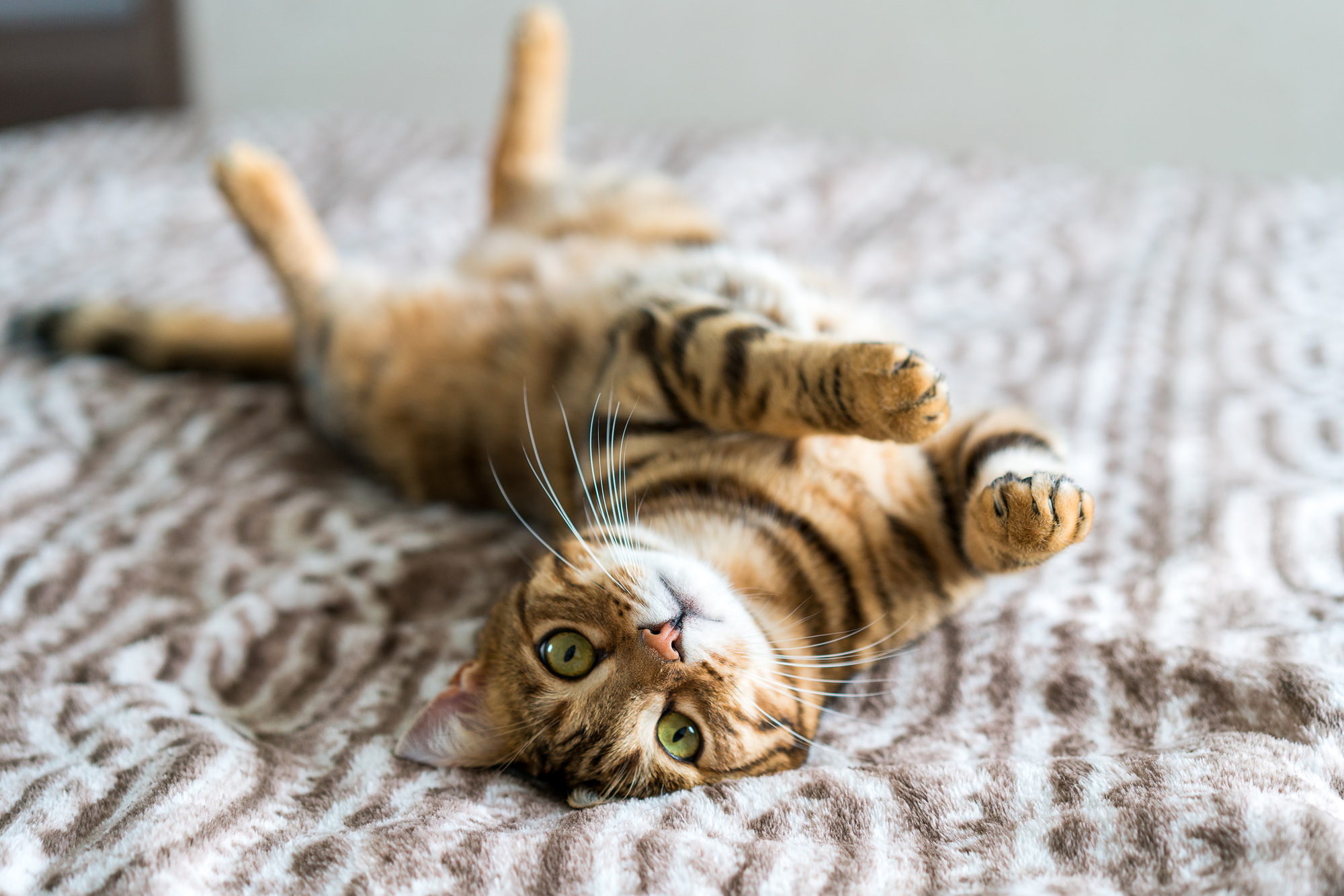
For most pet owners, cat training might be a new concept. Getting the most out of the whole thing may take a lot of understanding, but the rewards are just too good to pass up. Our feline pets need training or else they will be prone to developing behavior problems sooner or later.
Still on the fence about training a cat? Don't worry. Most pet parents have the same initial reaction, too. Let's go over the most significant reasons why you should include training your cat in your home pet care checklist as early as now:
It will encourage your cat to develop bad behavior.
It's not uncommon that a cat will develop new behaviors as he grows and develops. While your pet may pick up positive cat behaviors, it's not uncommon that he might also "catch" problem behaviors along the way.
If these bad behavior problems are not nipped in the bud, your cat could be prone to displaying and acting them out for the rest of his life.
Your cat will miss out on lots of mental stimulation.
Keeping your cat focused mentally is an effective way to do away with boredom and stress. A cat that doesn't have a structured outlet when it comes to relieving stress is highly at risk of developing anxiety. An anxious cat will repeatedly display unwanted behavior as a negative effect.
You won't be as familiar with your pet's body language.
If your cat is anything like most feline pets, chances are he will exhibit his very own cat body language in a particular situation or when he is in a specific mood. When you train a cat, you can use it as an opportunity in terms of understanding your pet better while also nurturing desired behavior.
Your cat will have difficulty bonding with family members.
Biting is one of the biggest examples of negative cat behavior. And if you allow your pet to keep on biting people and other animals, socializing with friends and family will be almost impossible. If you're at the other end of the spectrum, are you willing to visit a home that has a cat with unwanted behavior?
Cat Training Starters for Pet Owners

The very first part of training cats is observation. Be very familiar with your cat's behavior. Focus your attention on how the kitty reacts to different things, situations, other animals (like the family dog) and people.
If you want your pet to keep clear from bad habits like unnecessary scratching, counter surfing, unnecessary jumping or perhaps not using his litter box, determine the reason that encourages this behavior. Like in unnecessary scratching, for example, it could be that your feline friend only needs a feasible outlet to maintain his claws.
It's also crucial to determine what specific behavior or skills you should focus on like litter training before you start to avoid confusion. Before you move on to other areas, make a list of the main things to concentrate on to avoid information overload in cats.
Is It Required to Hire the Services of a Certified Cat Trainer?
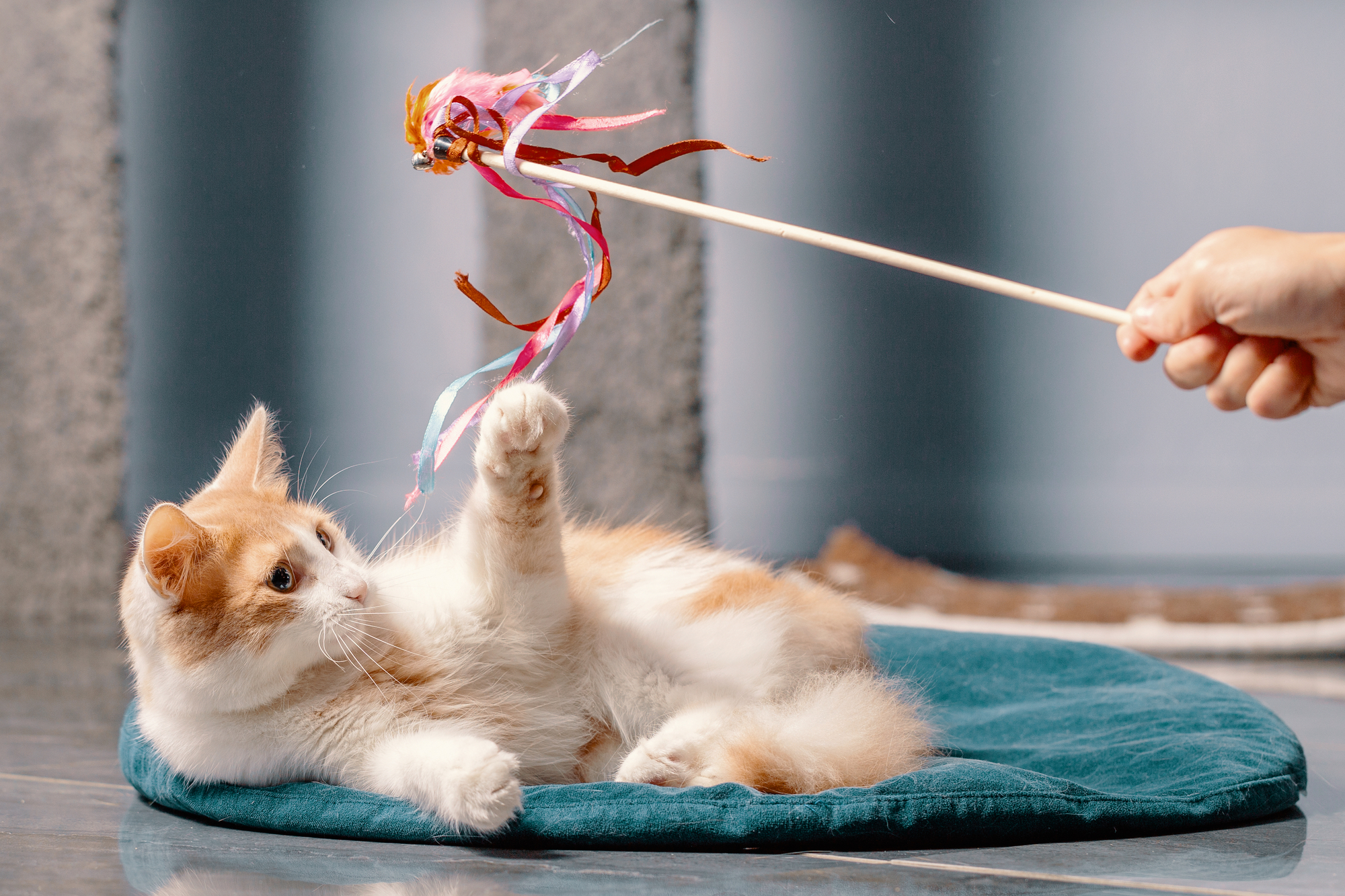
The short answer is it depends. While hiring a certified cat trainer is not always necessary, there are instances when having one is ideal. Having a pro to take care of cat training is helpful when your schedule is tight or when you're looking to achieve a specific pet behavior like remembering hand signals and similar skills.
You can easily look up reputable cat trainers online, just like when you're browsing for pet insurance for your feline friend. Alternatively, you can also ask around for any recommendations from your fellow pet owners.
Use Food as Cat Training Tools
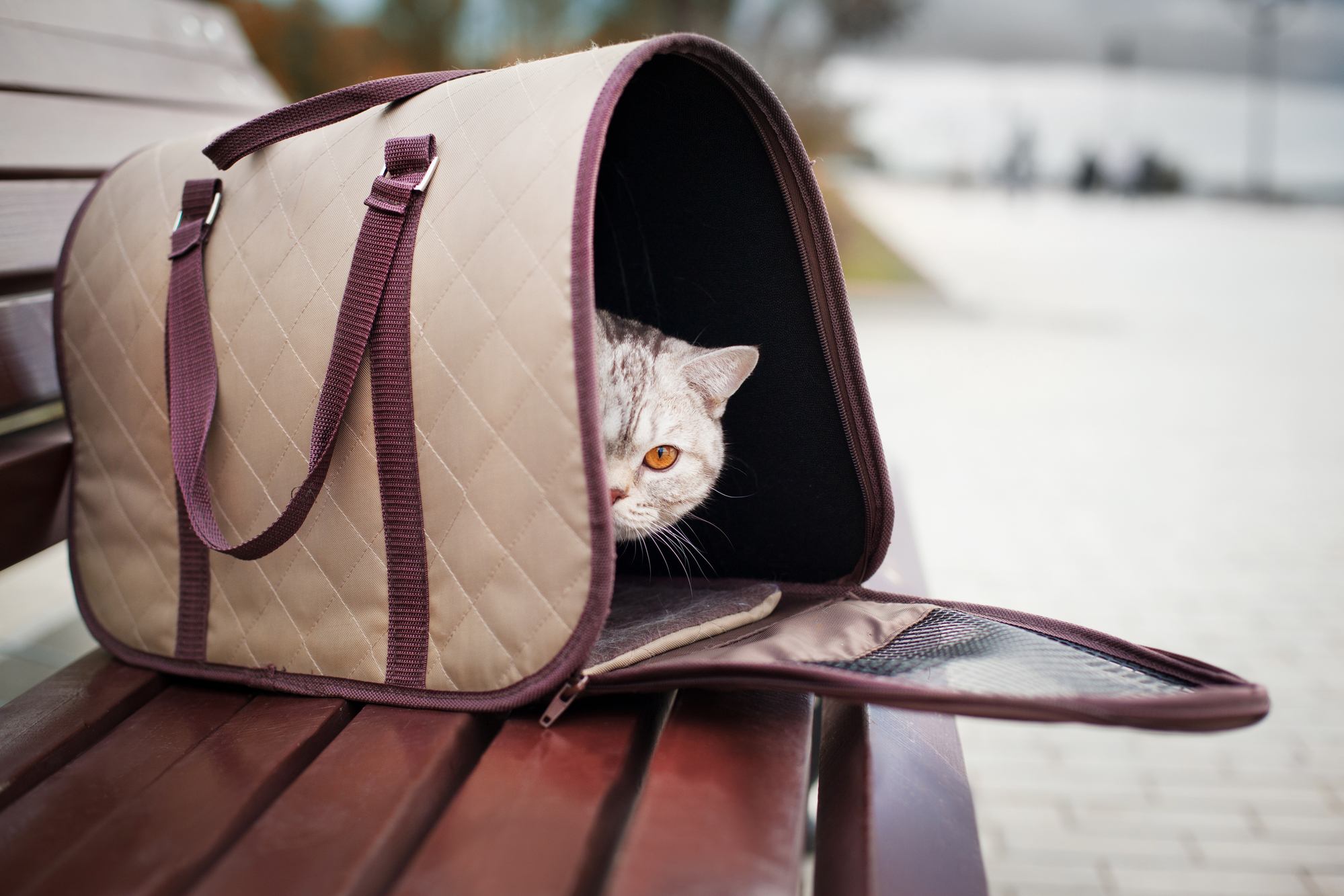
Whether you're planning to engage in clicker training in cats or some other form of positive behavior development, always remember that food is a great motivator for pets. Before you start to train a cat, make sure you stock up on his favorite snacks and treats. You can think of it as added "positive reinforcement" for your furry friend.
Here's a practical example: Suppose you're teaching your cat to use the litter box when he needs to go to the bathroom or learn a particular skill like "sit." Make sure you reward him with food as soon as you notice any developments, no matter how small they may be.
Always remember that small wins are worth celebrating when it comes to instilling positive cat behavior!
A Few More Tips on Using Food During Cat Training
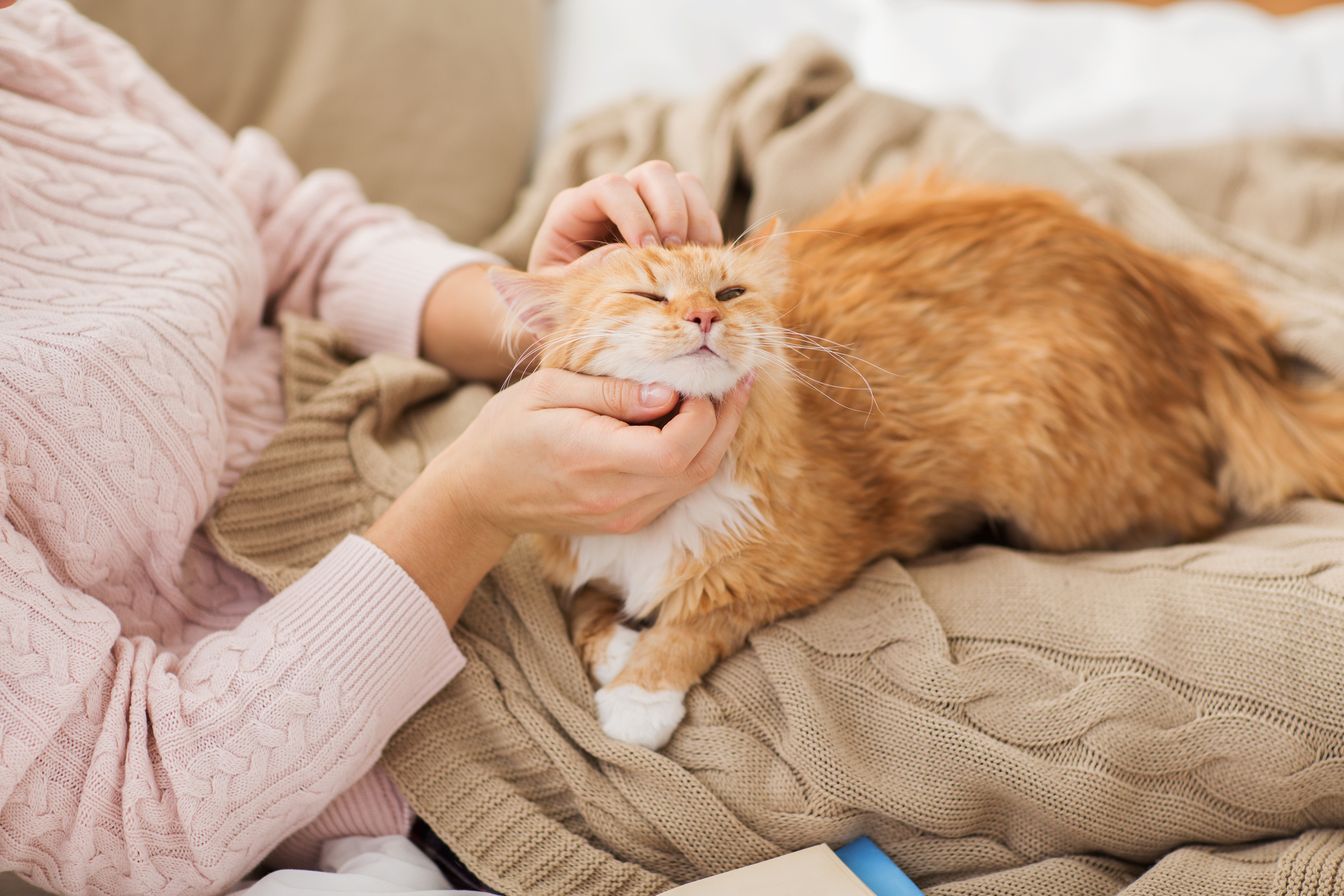
One simple way of motivating cats even more is to increase the portion of yummy rewards when they perform better during your behavior training sessions. Choose one habit or problem are you'd like to improve and start with it.
Make sure you also keep your training sessions short. Do not rush. When training your pet, provide careful guidance while also being ready with yummy rewards. Show your kitty that the better he does, the yummier (and bigger) the treats will be.
Dog training and doing the same with cats are entirely different. You won't expect cats to learn how to "sit" with just a belly rub and a pat on the head! If you've managed to get the right balance between training motivation and food rewards, your pet will swallow his pride and dance to your tune.
How long do you focus on a particular trick during trick training?
Stick to the first trick as long as necessary because once your cat grasps the teaching mechanism, every next trick will be easier. Repeat the training program over and over but make sure not to bore him.
Aimless pacing and sudden vocalization is a key sign of boredom in cats. When you notice this, it's time to sit back and relax and continue with your training the next day or when your schedule permits.
"Punishment" is Not the Same as "Discipline"
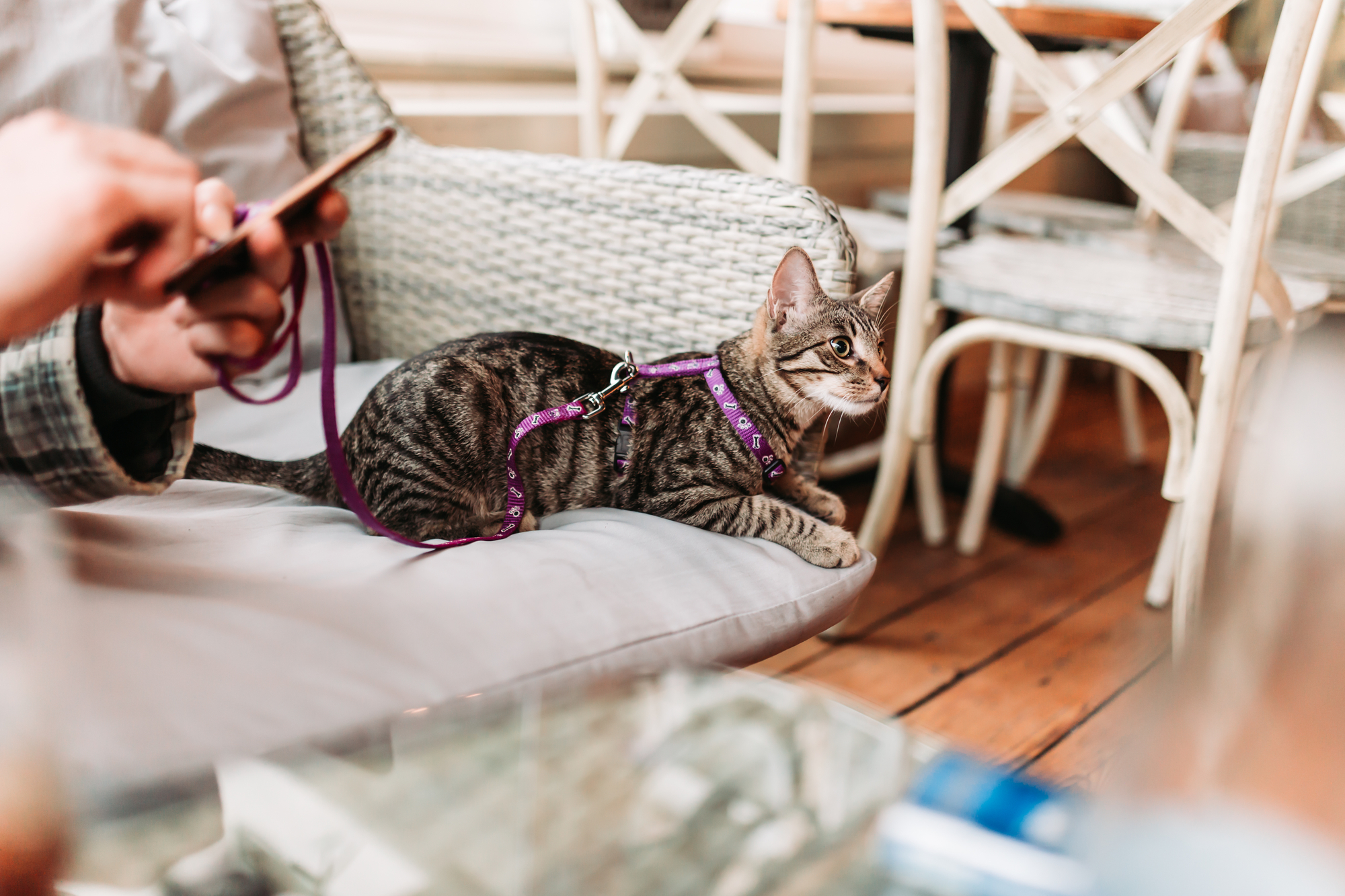
Unlike dogs, cats do not respond well to scolding and restrictions. If you punish cats for something they did, chances are they'll do it again out of spite before you know it! Remember that cats are very proud animals.
Additionally, putting on a dominating demeanor causes stress for the animals. Besides not helping develop positive pet behavior in any way, this can also be detrimental for their health and overall well-being.
Clicker Training is an Option You Can Go For
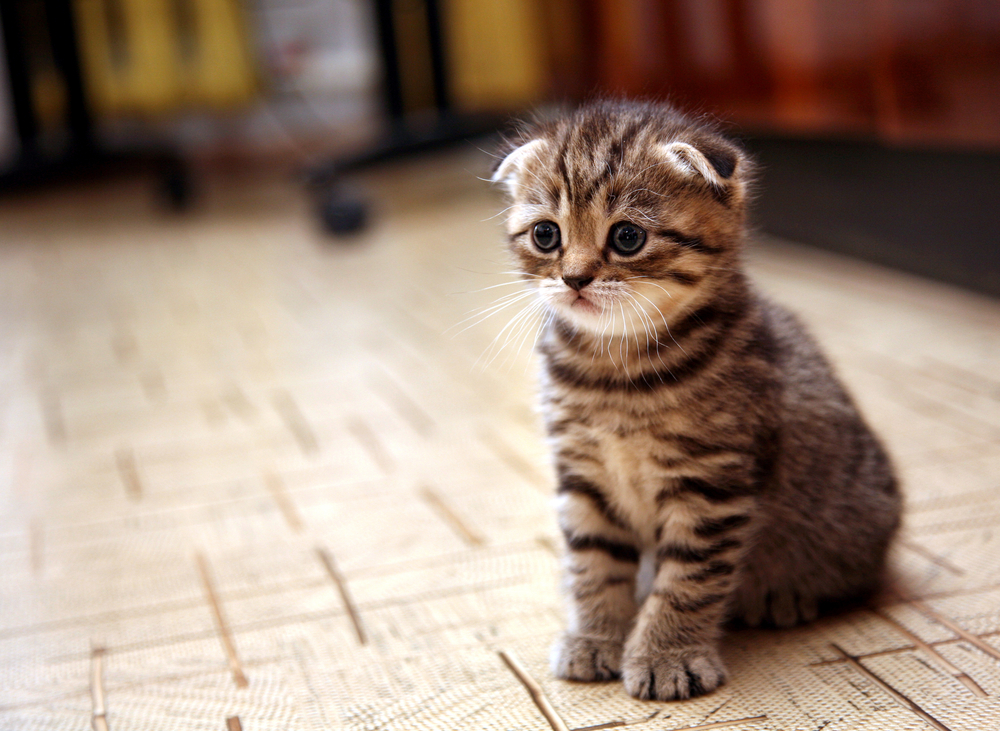
Clicker training is a great approach for cats. It basically substitutes food rewards with the sound of a clicker to make feline pets know that they've done a great job. However, this isn't a universal approach since some cats will still want a treat or two during training.
Just to emphasize, clicker training is worth giving a try, but do not count on it exclusively. Whether you're looking to teach your cat hand signals, directing him where his bed is or training him to sit, it's better to have food rewards on hand just in case.
Train a Cat With These 3 Awesome Tricks

It is time to put theory to practice and see how good of an instructor you actually are. You can start with one of the following tricks:
1. Teach Your Cat to High Five
Besides being a fun trick, teaching your cat to high five acquaints him with the action-reward concept. Get a box of your little friend’s favorite treats and take him to a spacious area where both of you will feel comfortable. The living room is a great choice for this. Get a treat and let your cat smell it.
Once you get his attention, move the delicacy away from him. This will make your cat reach it with his paw. Repeat several times and give him the treat. Raise your hand in the same fashion as before but this time without the treat.
When your cat gives you high five, grant him a treat from another direction, so that he understands the treat is the result of his good performance. This is also a good time to use a clicker or a signal of your own to indicate a job well done.
Gradually the high five will become a habit and you will need neither a clicker nor any special treat the next time around.
2. Encourage Your Cat to Use the Litter Box (or Even the Toilet!)
Training your cat to use the litter box is a phenomenal achievement and saves you money and considerable time for cleaning. It is much more hygienic and spares you the trouble of finding cat waster everywhere in the house.
You can even train your kitty to use the actual toilet as you go along! However, this requires solid patience shield as it takes at least 2-3 months to build this routine. I will now give you some tips on how this can be pulled off.
For starters, place your cat’s litter box in the bathroom. It is also a good idea to start using the bathroom while he's also in there. This is to show him where you relieve yourself when nature calls. This helps establish the feeling of interchangeability.
Bring the litter box a little closer to the toilet every other day. After your cat has gotten used to this routine, elevate his litter box using a stool next to the toilet so that they're on the same height level. Finally, put a metal or plastic container with cat litter in the toilet itself.
This step is the hardest, but you can totally remove the container once you're through with it. How cool is that? The one thing you might not be able to train your cat to do is pushing the flush button himself.
3. Teach Your Cat to Fetch
You will never turn your cat into a dog but you can still train him to play fetch. Besides being a fun game that gives you and your pet a workout to stay healthy, fetch is also one way to become emotionally closer with your furry friend. You can even let other pets like dogs get in on the action, too!
Start by identifying his favorite toy and use it as the object of the game. Alternatively, you can also buy a small, bouncing rubber ball via online or your local pet store. A rubber ball not just stimulates your kitty to move around, but also teases his claws with its squishy texture.
It is important to keep in mind that cats have a natural instinct to carry something in their mouths, especially the females, so the trick is to teach them to bring the ball back to you. Once you throw the ball and your cat gets a hold of it, take it gently from him and go back to the initial position.
Repeat the process until your furry friend is trained to create a mental connection between getting the ball and giving it back to you. As you go along, your cat will bring the ball to you once he sees you are not getting it yourself! You can then do the same with his other toys.
Practice Makes Perfect When You Train Your Cat
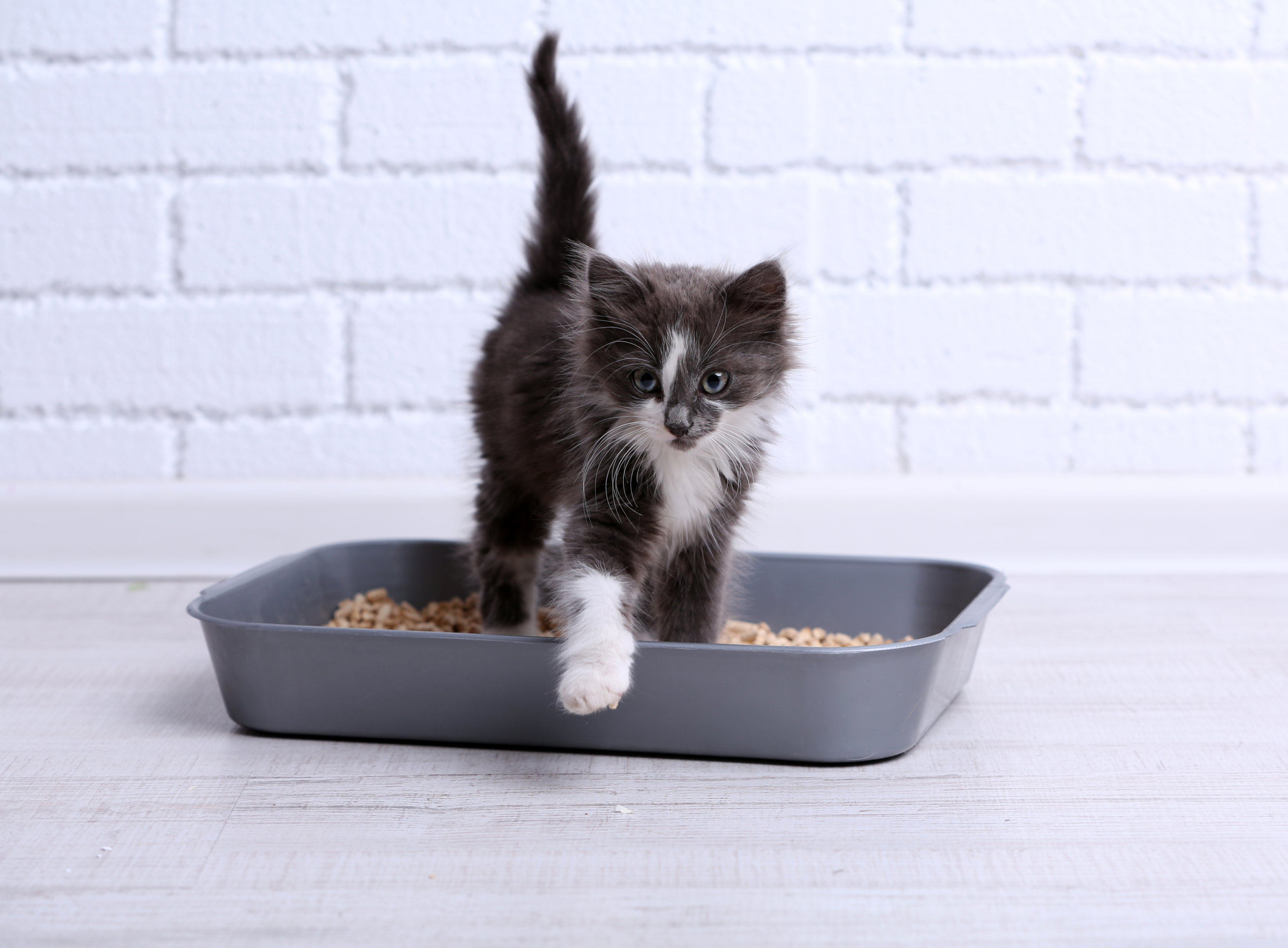
Like I said earlier, patience is key when it comes to training your feline companion. Do not forget to appreciate and reward him while also making the pleasurable and exciting for both of you. Maintain the fun factor at all times!
If you've learned a lot from this article, make sure you contact us right now for more interesting bits and pieces to keep your pet as healthy and happy. We've got a lot of tips to help you give your pet the quality of life they truly deserve.





It was very easy to teach one of my rescue kittens to fetch. Only to realize when I wake up in the morning I have several pom poms surrounding me on my bed. Apparently someone trying to get my attention during “off” hours. Thank you for all your tips and tricks!!
Leave a comment